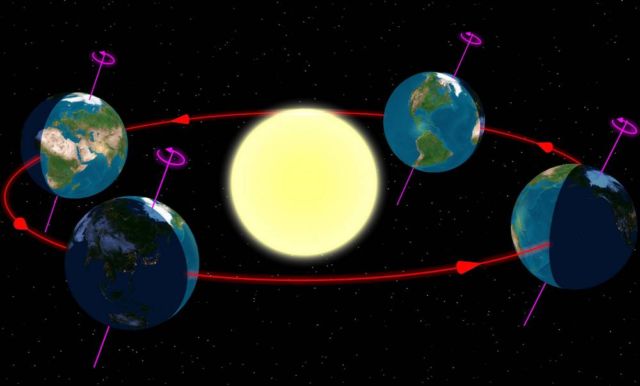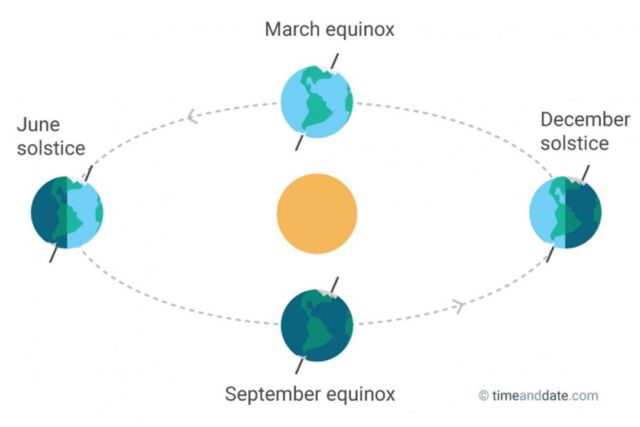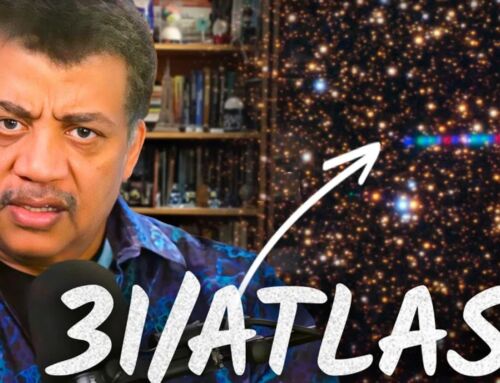Happy Spring Equinox and happy first day of spring! Today the length of night and day are nearly equal.
The days will now become longer at the higher latitudes, because it takes the sun longer to rise and set.
The Vernal (Spring) Equinox in the Northern Hemisphere is the Autumnal (Fall) Equinox in the Southern Hemisphere and vice versa.
Above, diagram of the Earth’s seasons as seen from the north. Far right: December solstice. Credit wikimedia
“Earth’s axis is an imaginary pole going right through the center of Earth from ‘top’ to ‘bottom,’” NASA explains. “Earth spins around this pole, making one complete turn each day. That is why we have day and night, and why every part of Earth’s surface gets some of each.”
It’s all about Earth’s tilt!
Many people believe that Earth is closer to the sun in the summer and that is why it is hotter. And, likewise, they think Earth is farthest from the sun in the winter.
Although this idea makes sense, it is incorrect.
It is true that Earth’s orbit is not a perfect circle. It is a bit lop-sided. During part of the year, Earth is closer to the sun than at other times. However, in the Northern Hemisphere, we are having winter when Earth is closest to the sun and summer when it is farthest away! Compared with how far away the sun is, this change in Earth’s distance throughout the year does not make much difference to our weather.
There is a different reason for Earth’s seasons.
Earth’s axis is an imaginary pole going right through the center of Earth from “top” to “bottom.” Earth spins around this pole, making one complete turn each day. That is why we have day and night, and why every part of Earth’s surface gets some of each.
Earth has seasons because its axis doesn’t stand up straight.







very informative
:)